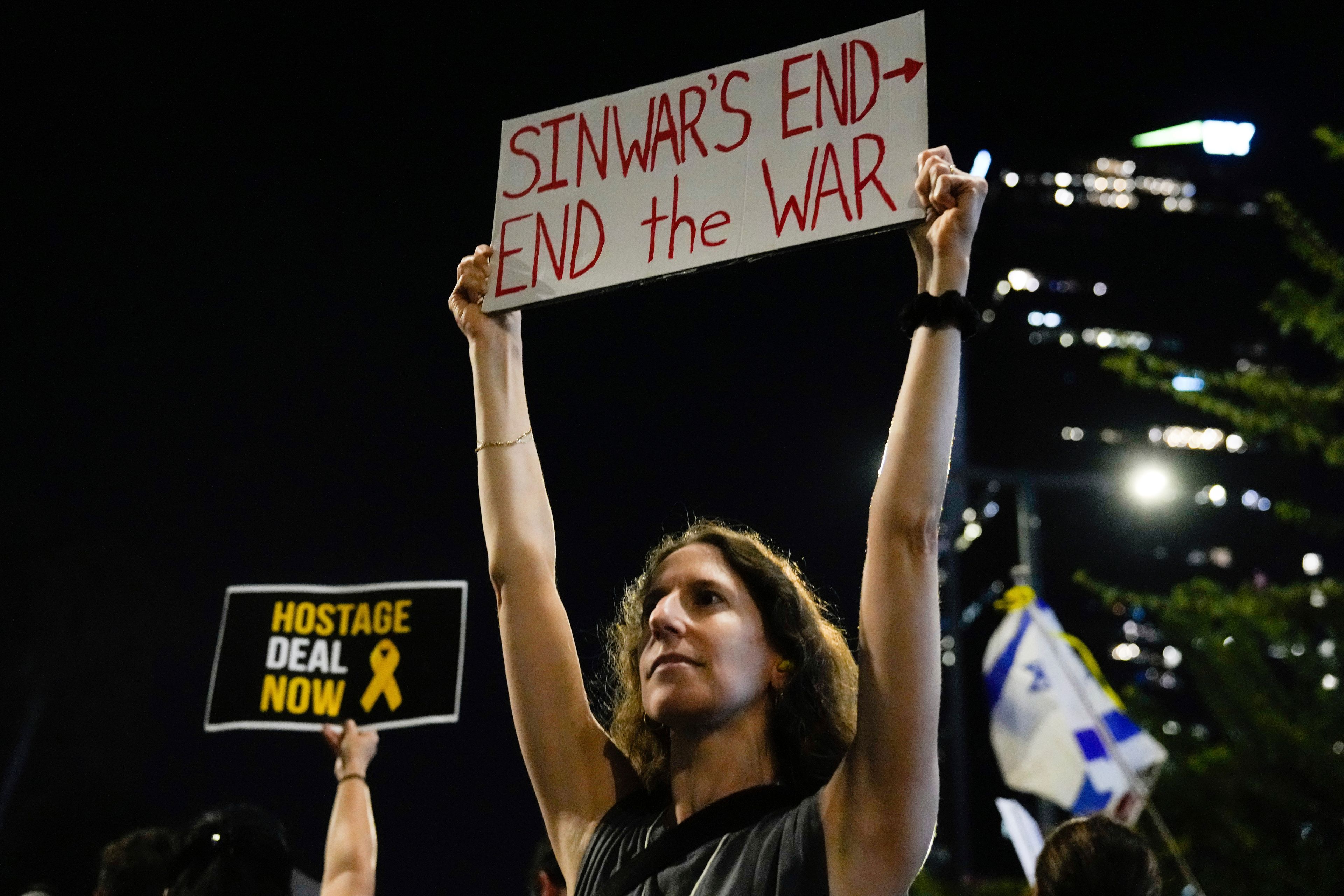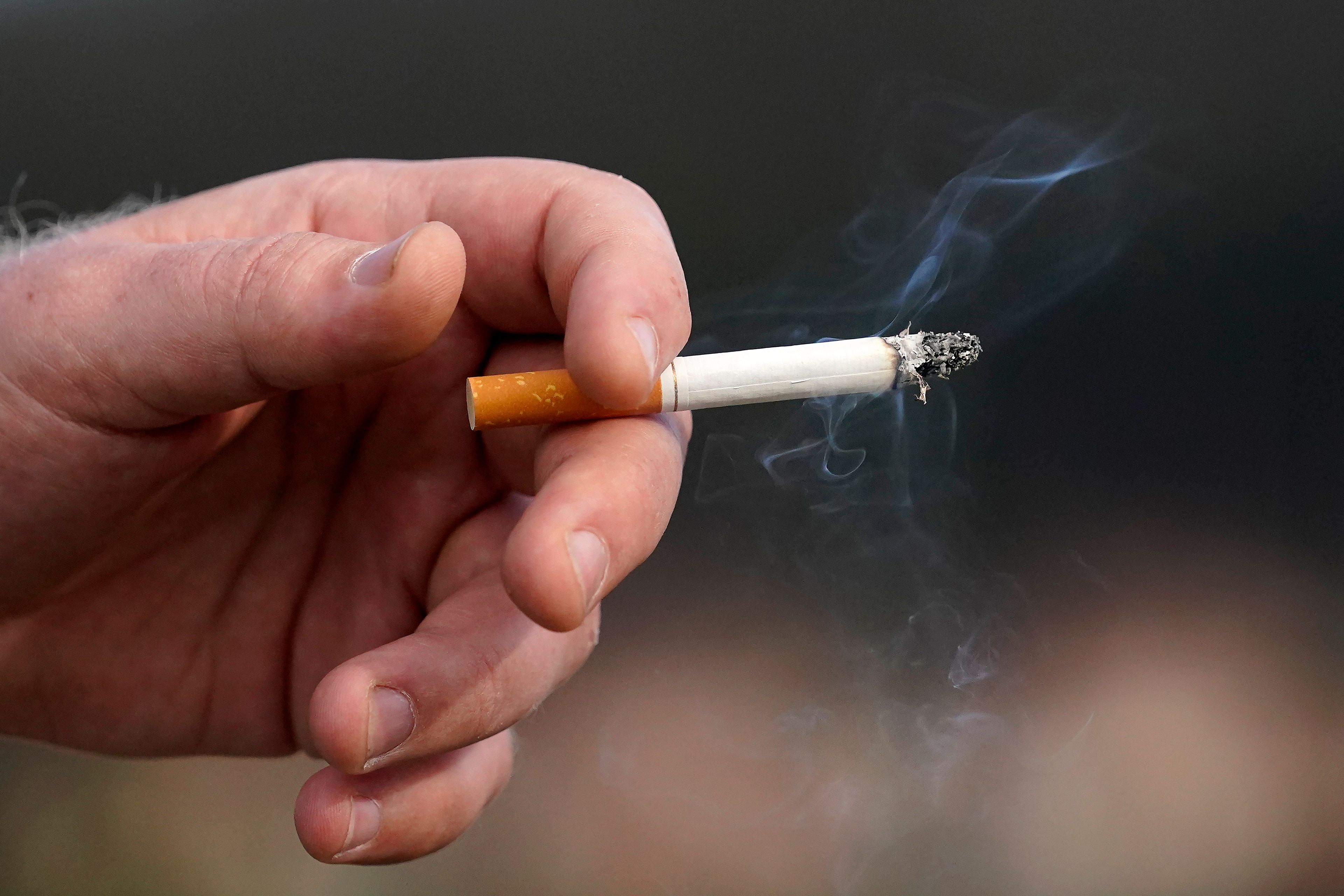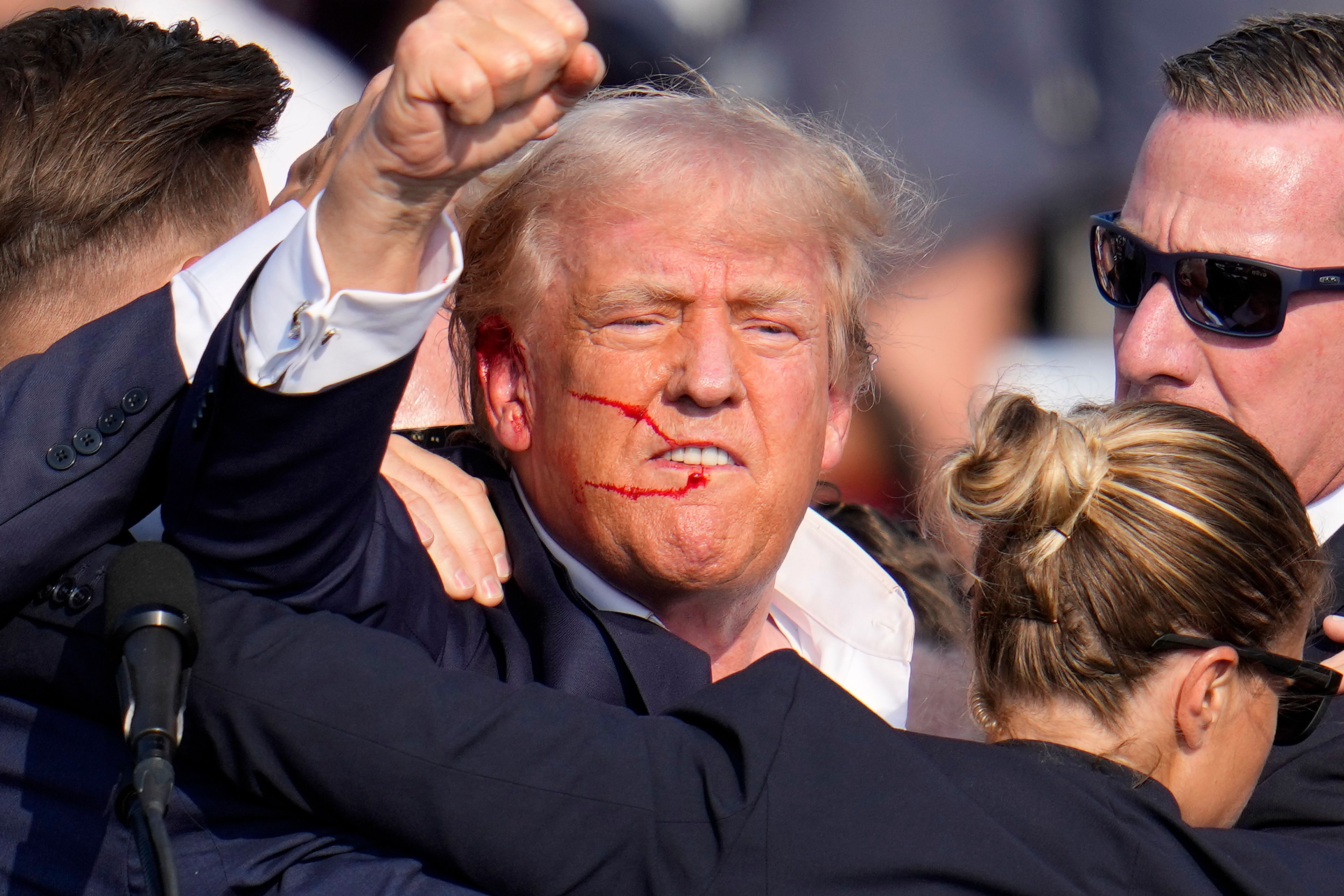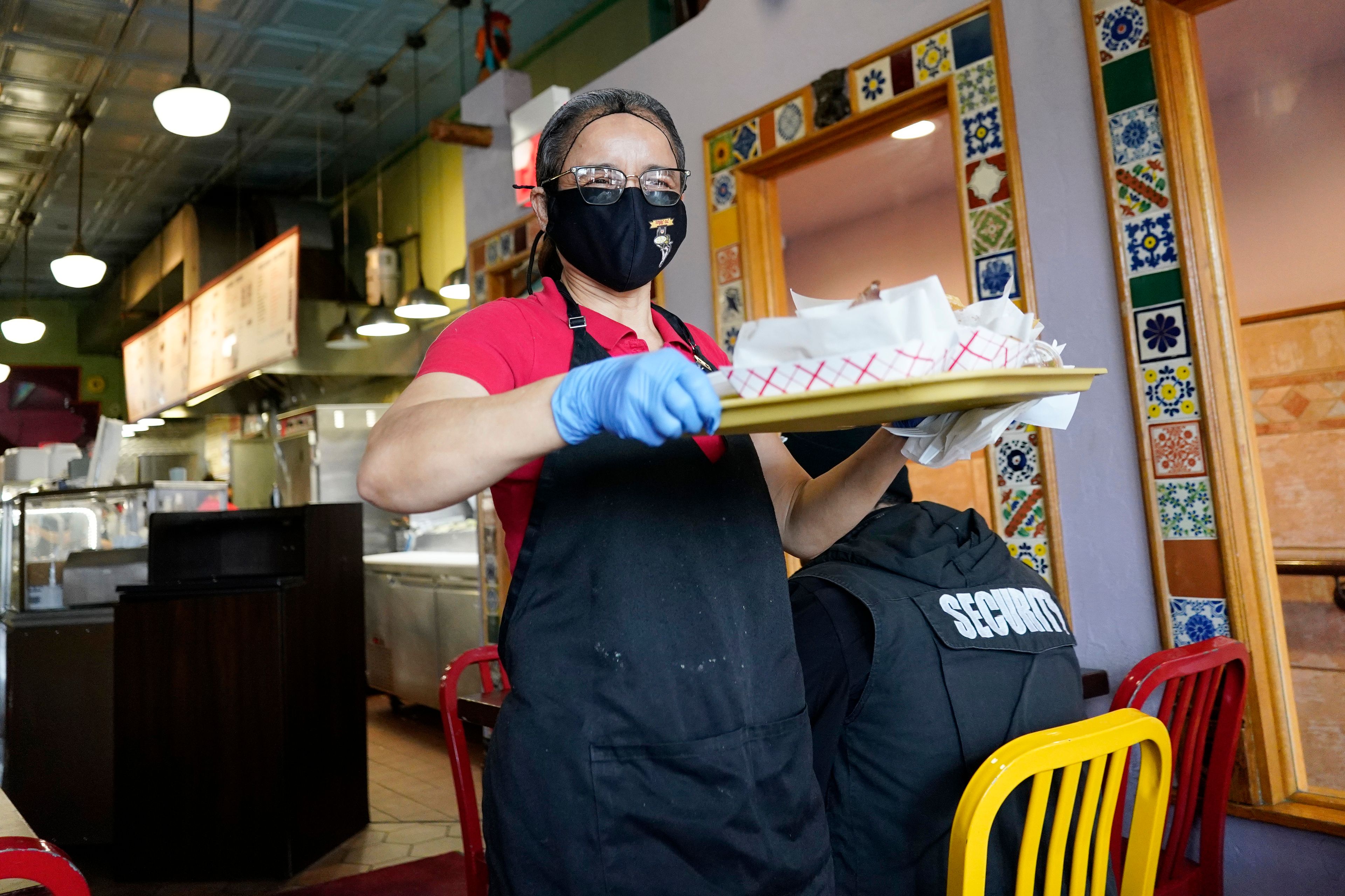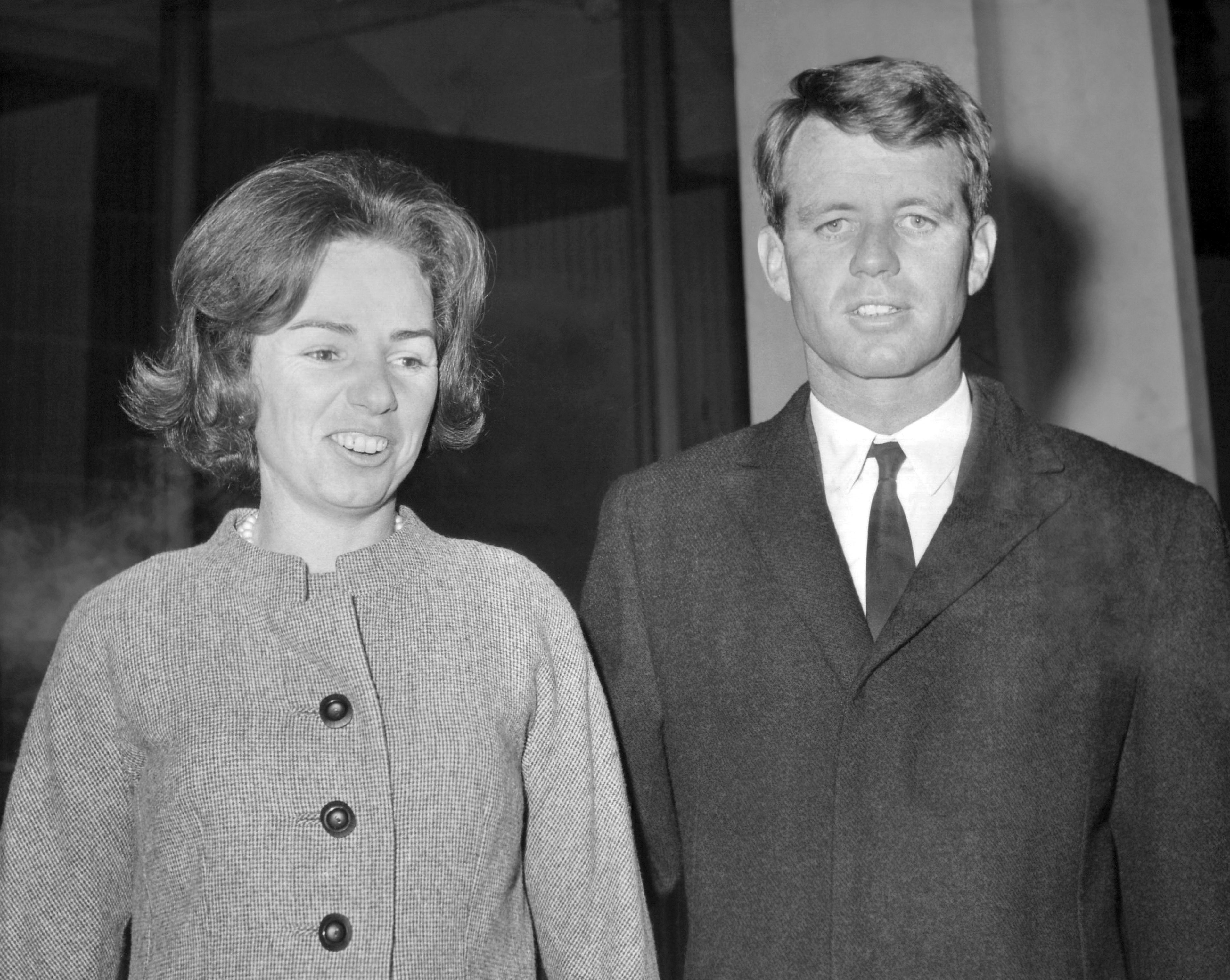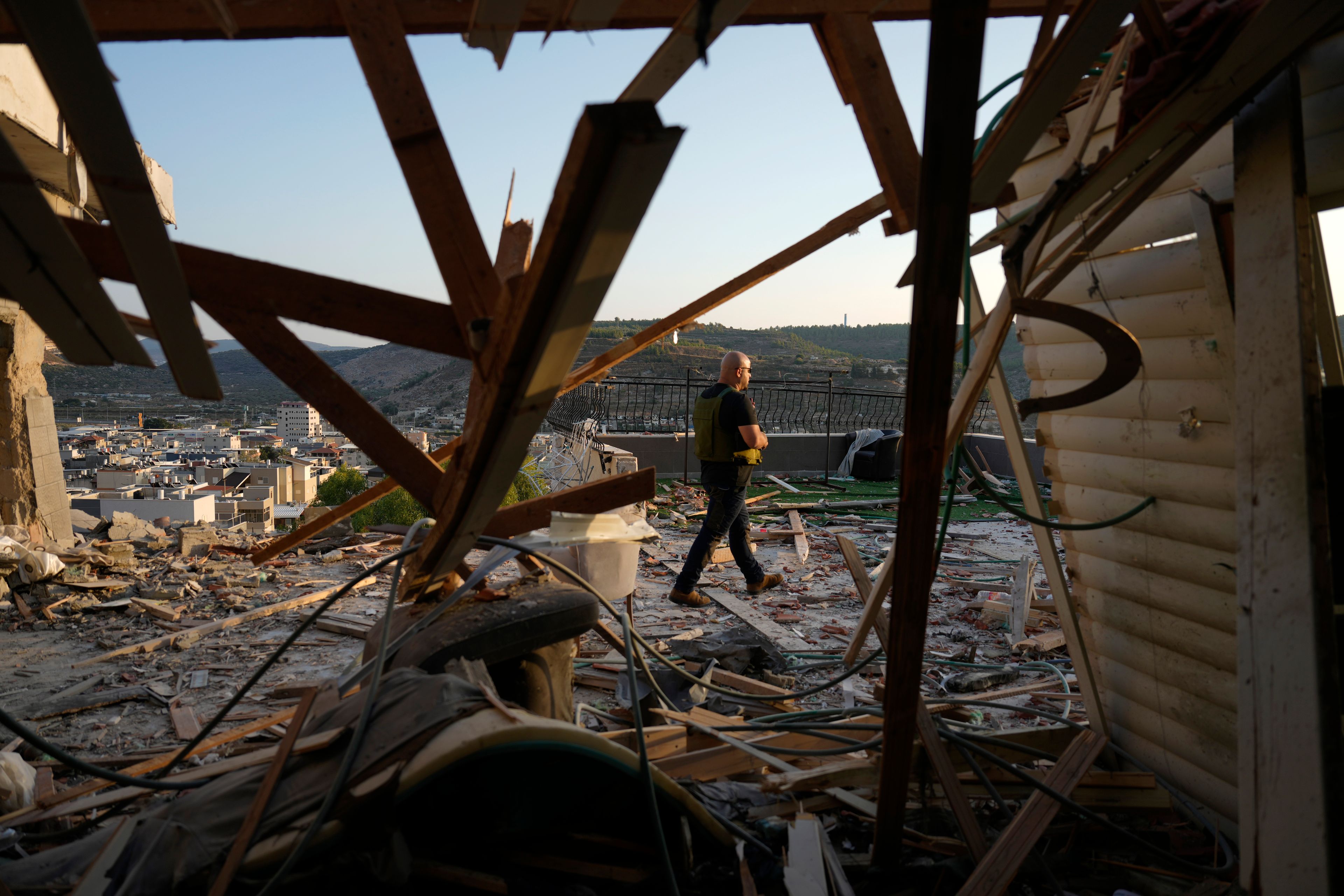How bad is Pa.’s teacher shortage? A new report details the scope of a ‘pretty dire crisis’
More than 2,100 teaching positions were vacant in Pennsylvania as of October, according to newly released state data — and almost a quarter of those spots were filled not with full-time teachers, but with long-term substitutes.
The vacancies, reported by the state for the first time, are one indicator of the severity of Pennsylvania’s ongoing teacher shortage — but not the extent of it. Accounting for the number of teachers leaving the profession each year as well as those who are teaching with emergency permits, Pennsylvania schools need to hire at least 15,000 teachers — nearly three times the number the state certified last year, according to a new report.
“We’re still in the midst of a pretty dire crisis,” said Laura Boyce, Pennsylvania executive director of Teach Plus, an advocacy group that worked on the report with the Pa. Needs Teachers coalition.
Here are some takeaways from the report:
Philadelphia’s shortage is considered ‘severe’
As the supply of new teachers has dwindled, districts across Pennsylvania have been challenged to hire qualified teachers. But the scope of the problem varies greatly between communities.
In Southeastern Pennsylvania, Bucks and Chester Counties have “mild” shortages, Montgomery County has a “moderate” shortage and Delaware County has a “high” shortage, according to the report, which compared the number of additional qualified teachers needed to the number of total teachers by county.
In Philadelphia, meanwhile, the shortage is “severe.”
“The issue is disproportionately located in the Philadelphia labor market, and in particular Philadelphia County, where the school district has lots and lots of vacant positions,” said Ed Fuller, a professor of education at Pennsylvania State University who also worked on the report. (The analysis doesn’t include charter schools, which account for one-third of Philadelphia public school enrollment, and where teacher attrition rates are significantly higher than in district schools — further adding to labor market needs.)
The suburbs have milder shortages — but the problem could get worse.
While the suburbs aren’t currently lacking as great a share of qualified teachers as Philadelphia, they are threatened by the weakened teacher pipeline: Since 2012-13, the number of certified teachers produced by Pennsylvania’s education programs each year has fallen from 16,614 to 5,577 in 2022-23 — a 66% decline, the report said. (Last year’s figures are an improvement on a record-low 4,220 certifications in 2021-22, in what the report described as a slight rebound.)
Philadelphia and the four collar counties all rank “very low” in the supply of new teachers being certified by area teacher preparation programs, according to the report.
While the number of teachers leaving the profession declined slightly between 2022-23 and 2023-24 — 8,300, or 6.6% of teachers, compared to 7.7% the year prior — the departures still contributed to supply challenges. Three of the four suburban counties — Bucks, Chester, and Delaware — have “high” teacher attrition levels, according to the report. (Philadelphia’s level is “very high.”)
With the southeast portion of Pennsylvania growing, both in overall population and numbers of K-12 students, “this suggests that many districts in this area of the commonwealth will continue to have difficulty addressing the shortage of teachers,” the report said.
Funding inequities are fueling the disparities in shortages
The report connects the differences in severity between Philadelphia and its suburbs to inequities in Pennsylvania’s school funding system, which was found unconstitutional last year. Those funding gaps make it less attractive to work in Philadelphia, Boyce said.
The city can’t afford the same teacher salaries as affluent suburban districts, and Philadelphia teachers face “more challenging working conditions, larger class sizes, more inadequate facilities,” Boyce said.
That disparity creates a ripple effect. Students in Philadelphia and other districts with similar challenges are learning from less experienced teachers, in systems with more turnover — “contributing to inequitable outcomes and learning opportunities,” Boyce said.
Even with more money, districts may struggle to hire teachers.
Gov. Josh Shapiro has proposed a more than $1 billion school funding increase this year, with a new formula steering most of the money to districts deemed to be the least adequately funded.
But given the insufficient supply of teachers, districts will have a hard time using that money to hire needed staff, Boyce and Fuller said. Their report notes that their shortage estimates “do not take into account the increased demand for qualified and certified teachers that would likely occur if districts receive potentially historic increases in state education funding in the wake of the school funding lawsuit and Basic Education Funding Commission.”
“Such an infusion of money would likely cause demand for teachers to skyrocket further,” the report says.
The report offers solutions, but there’s no ‘quick fix.’
The report calls on lawmakers to do more to increase the supply of new teachers, including by adding more money to a new stipend program for student teachers, and investing in school district “grow-your-own” programs that train high schoolers to become teachers.
Fuller — who noted a particular need for more special education teachers — said the state could subsidize people who get teaching certificates.
Because supply is hard to alter in a short period of time, he said, “there really is no quick fix.”
©2024 The Philadelphia Inquirer. Visit inquirer.com. Distributed by Tribune Content Agency, LLC.

